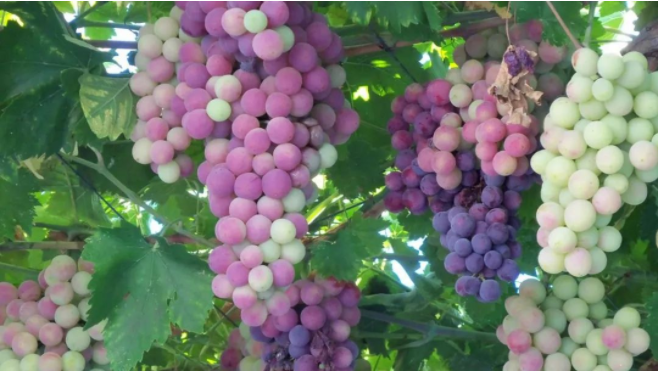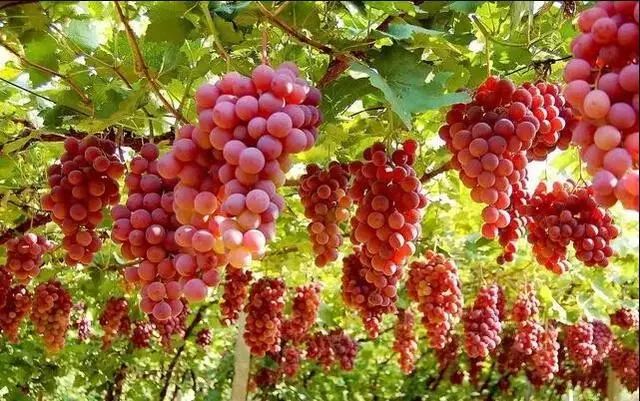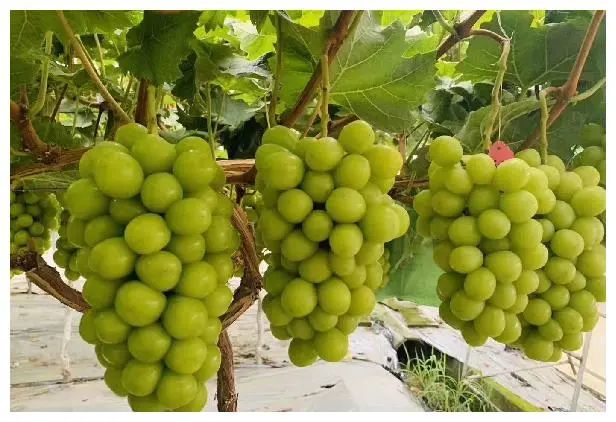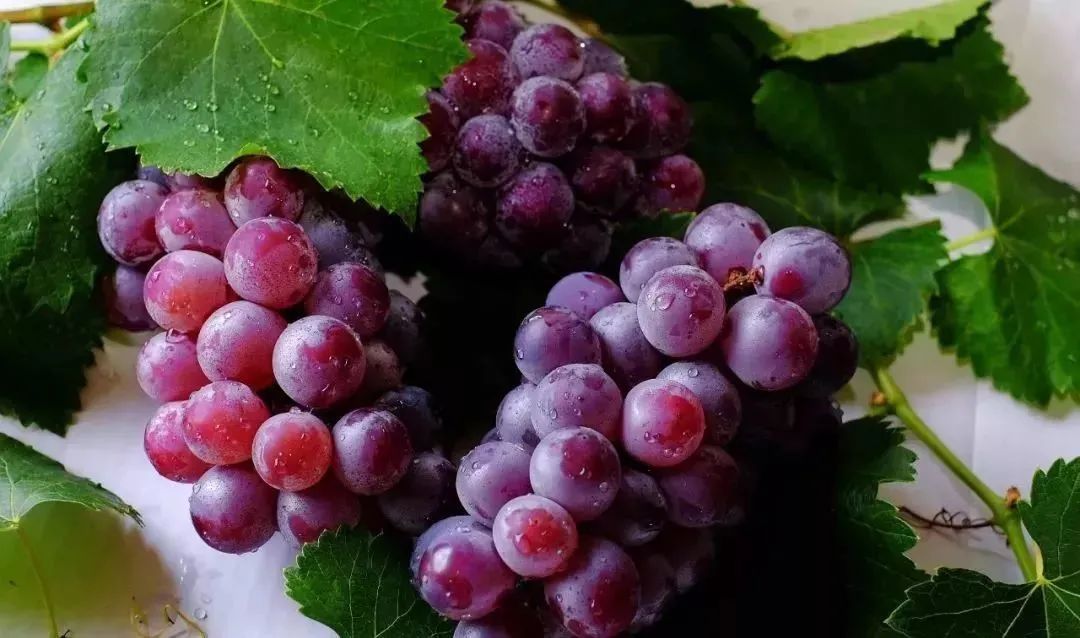With the continuous improvement of people's quality of life, the demand for fruits has shifted directly from the previous situation of "having something to eat" to a situation of "wanting both delicious and beautiful". As an important appearance quality of grapes, fruit color is also an important indicator for consumers to evaluate the quality of grapes.

(1) The formation of grape color
For most fruits, the formation of fruit color is mainly determined by the content of chlorophyll, carotenoids, and anthocyanins, and grapes are no exception. Among these three pigments, chlorophyll is mainly a green pigment, carotenoids are yellow to red pigments, and anthocyanins are a pigment that exists in grapes and can present multiple colors. They are the key determinant of the color of fruit trees such as grapes and cherries. For grapes, as the fruit continues to develop and mature, the original chlorophyll in the skin will gradually decrease, and the content of anthocyanins will continue to increase. Eventually, the skin will present different colors such as red and black.

(2) Factors affecting grape coloring
The quality of grape coloring is determined by various factors, including not only natural environmental factors such as light and temperature, but also cultivation management such as load capacity, pest and disease control, water and fertilizer management, and grape vigor.
Grapes, as potassium loving plants, require approximately 1.7 times more potassium fertilizer than pear trees and 2.25 times more potassium than apple trees of the same age. Potassium is also an important element that promotes better grape coloring. However, in actual production, some fruit farmers only attach importance to the application of nitrogen fertilizer, especially during the fruit coloring period. Nitrogen fertilizer plays a role as a "disruptor" in fruit coloring. Excessive content can inhibit the induction of sugar on anthocyanin accumulation, and on the other hand, it can affect the nutritional needs of fruits due to the vigorous growth of branches. In addition, excessive watering during the fruit coloring period or waterlogging in the orchard, combined with the application of nitrogen fertilizer, can easily lead to vigorous growth of new shoots and delayed ripening of the fruit.

(3) Proper fertilization and hydration promote coloring
According to the growth and development patterns and fertilizer requirements of grapes, a reasonable balance of fertilization or soil testing formula fertilization is recommended. In general, the application of organic fertilizer in autumn and chemical fertilizer in the growing season are the main methods. For the growing season, nitrogen fertilizer is mainly used during the period from grape sprouting to flowering to promote flower bud formation; During the fruit growth period, especially in the later stage, it is necessary to continuously increase the application rate of potassium fertilizer. Of course, each stage should also be accompanied by the application of trace element fertilizers such as calcium, magnesium, zinc, boron, and iron to ensure a balanced supply of nutrients for the plant. It is recommended to use "Hengshui Lake" enzyme gold (sulfur based) 16-5-30 as topdressing, which is nutritious, easy to absorb, and rich in various trace elements, and has a remarkable effect on improving fruit quality.


For water content, it is only necessary to pay attention to controlling the amount of watering appropriately after the fruit swelling and ripening period begins, and to ensure a suitable dry environment as much as possible, which is more conducive to improving fruit sugar content and promoting fruit coloring.
 中文版
中文版 English
English